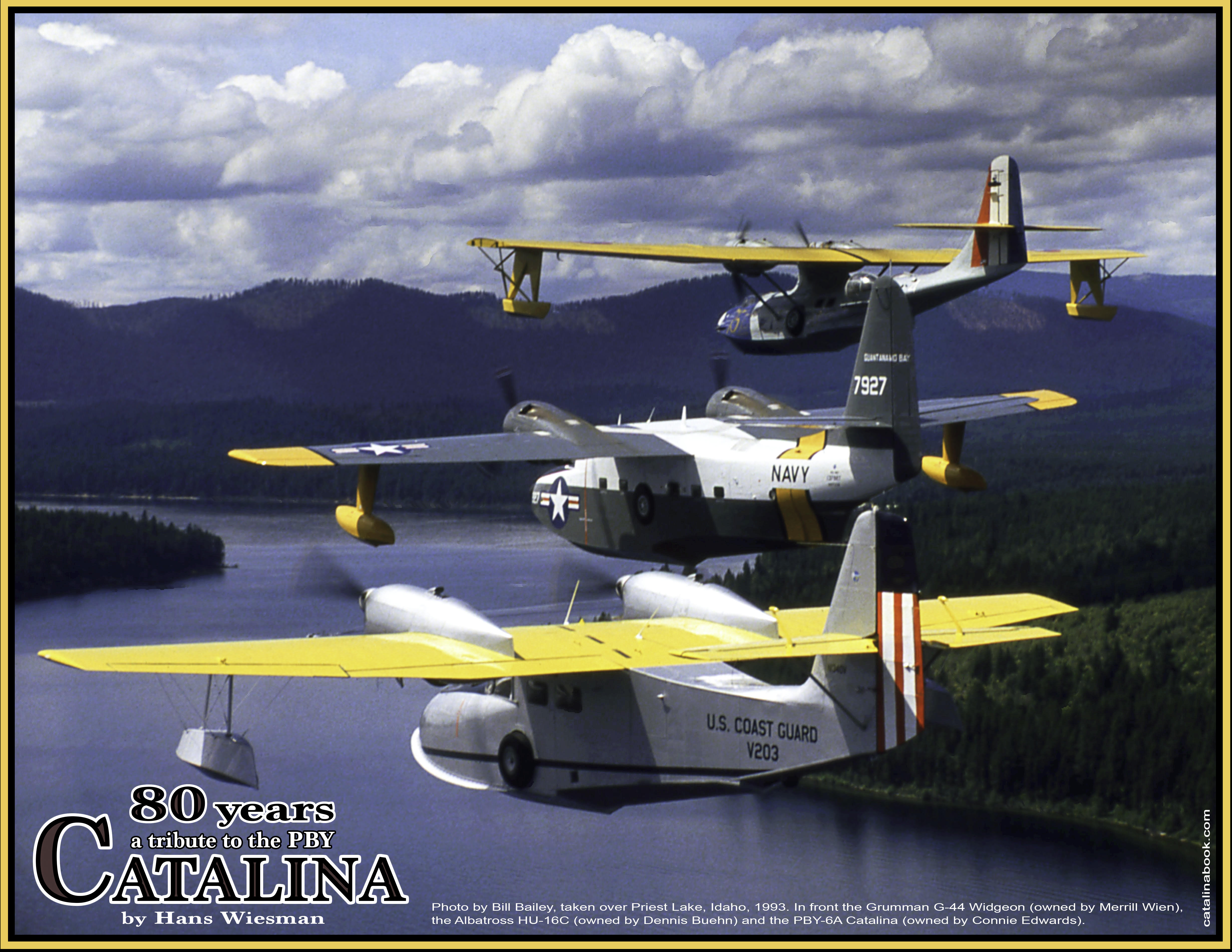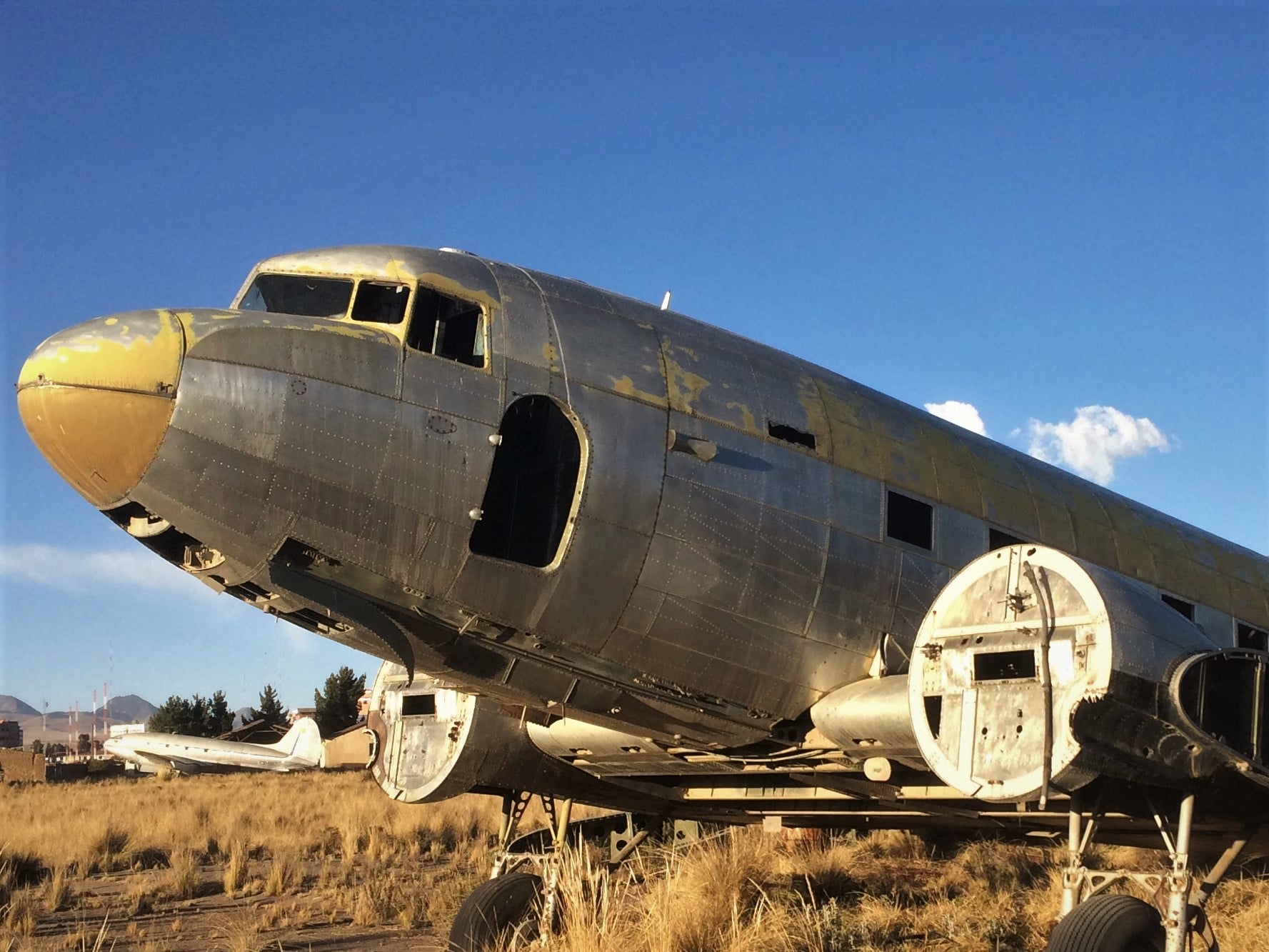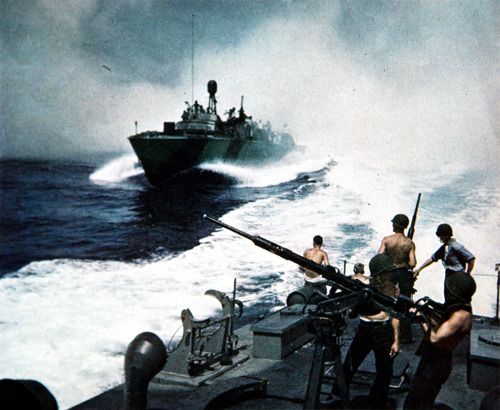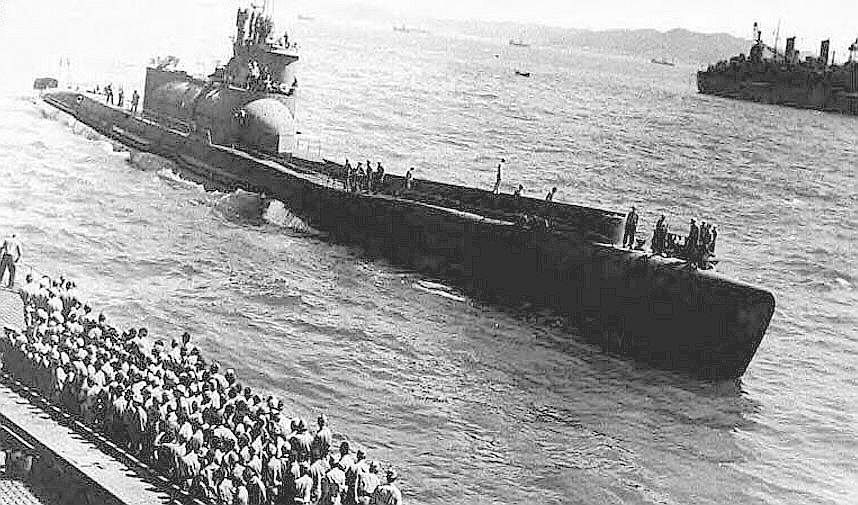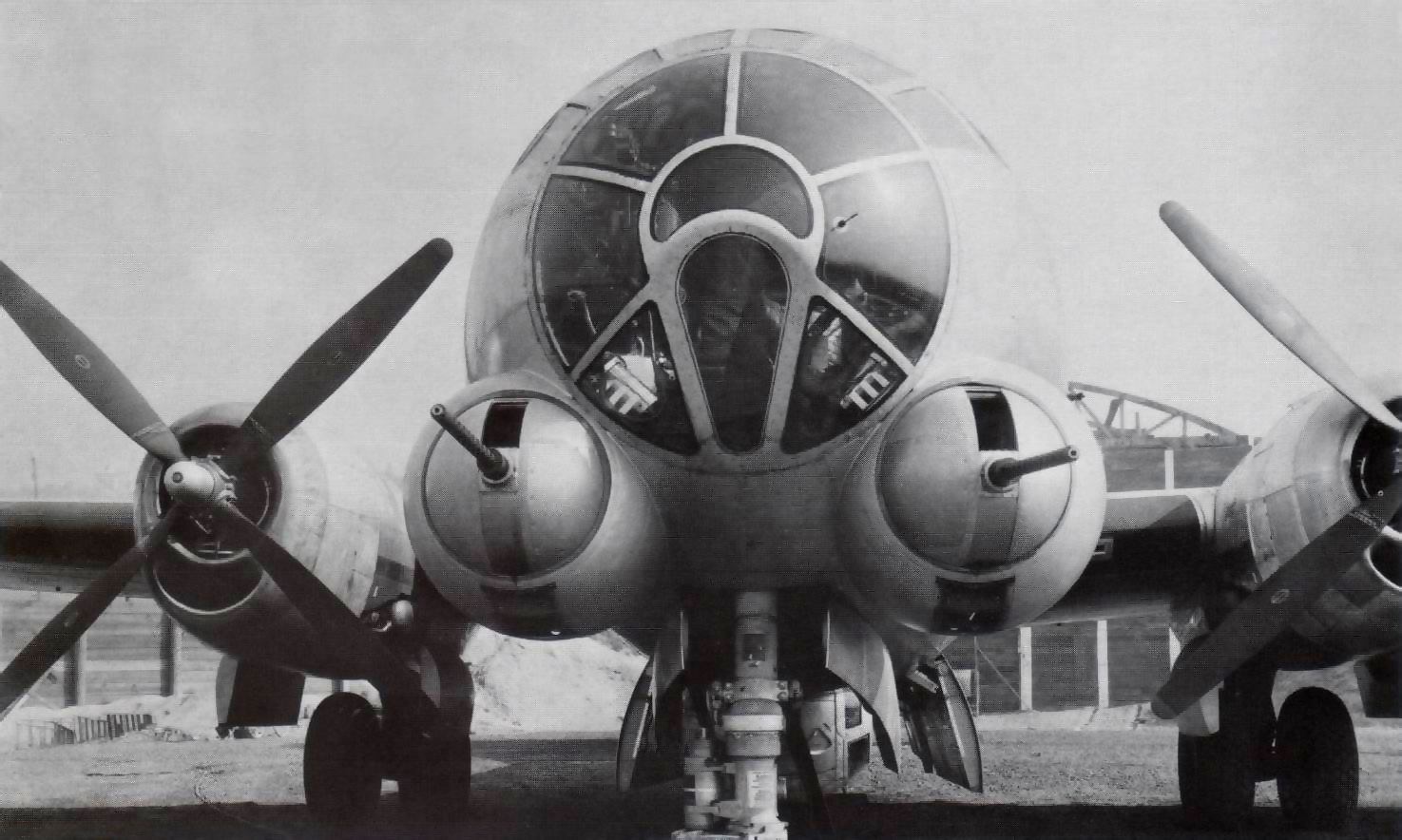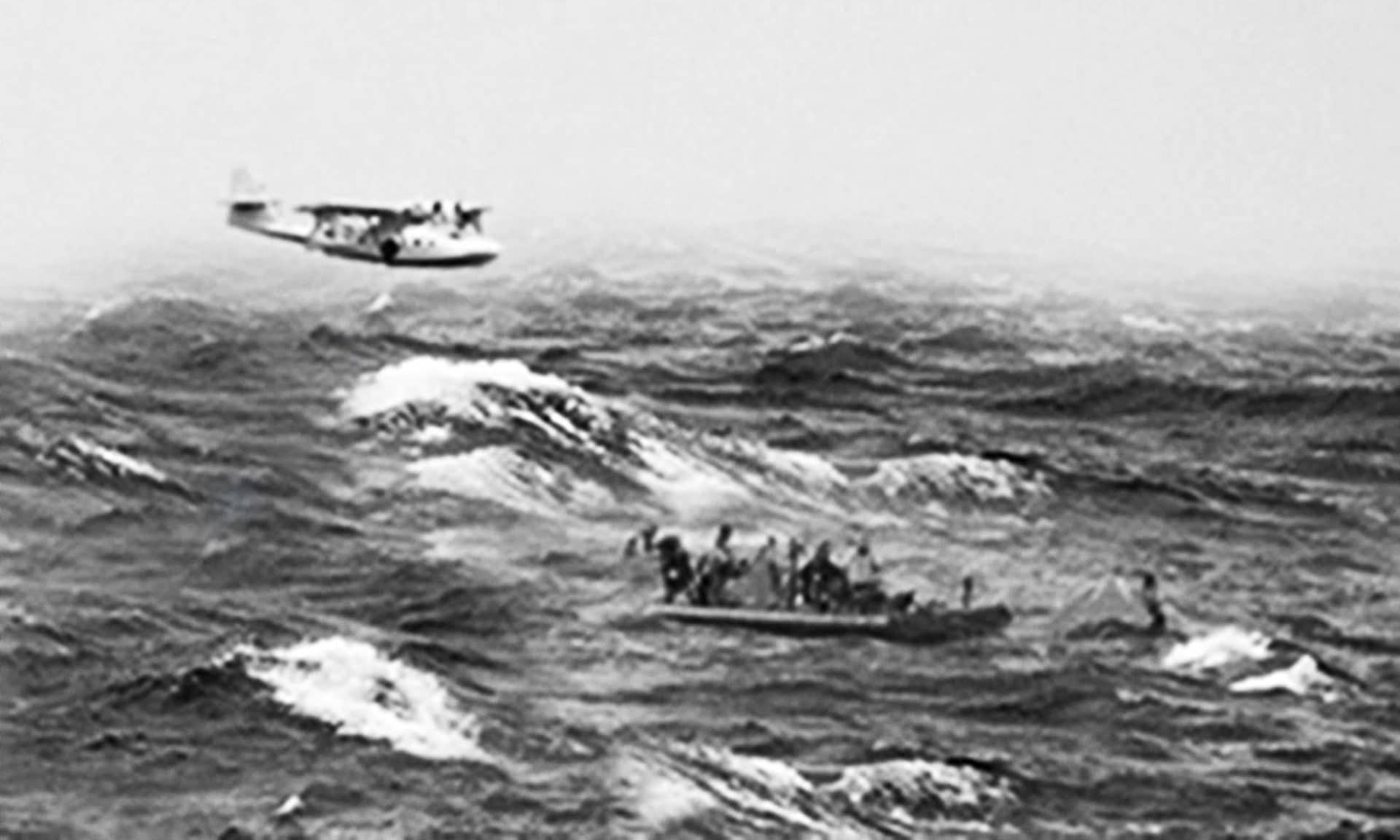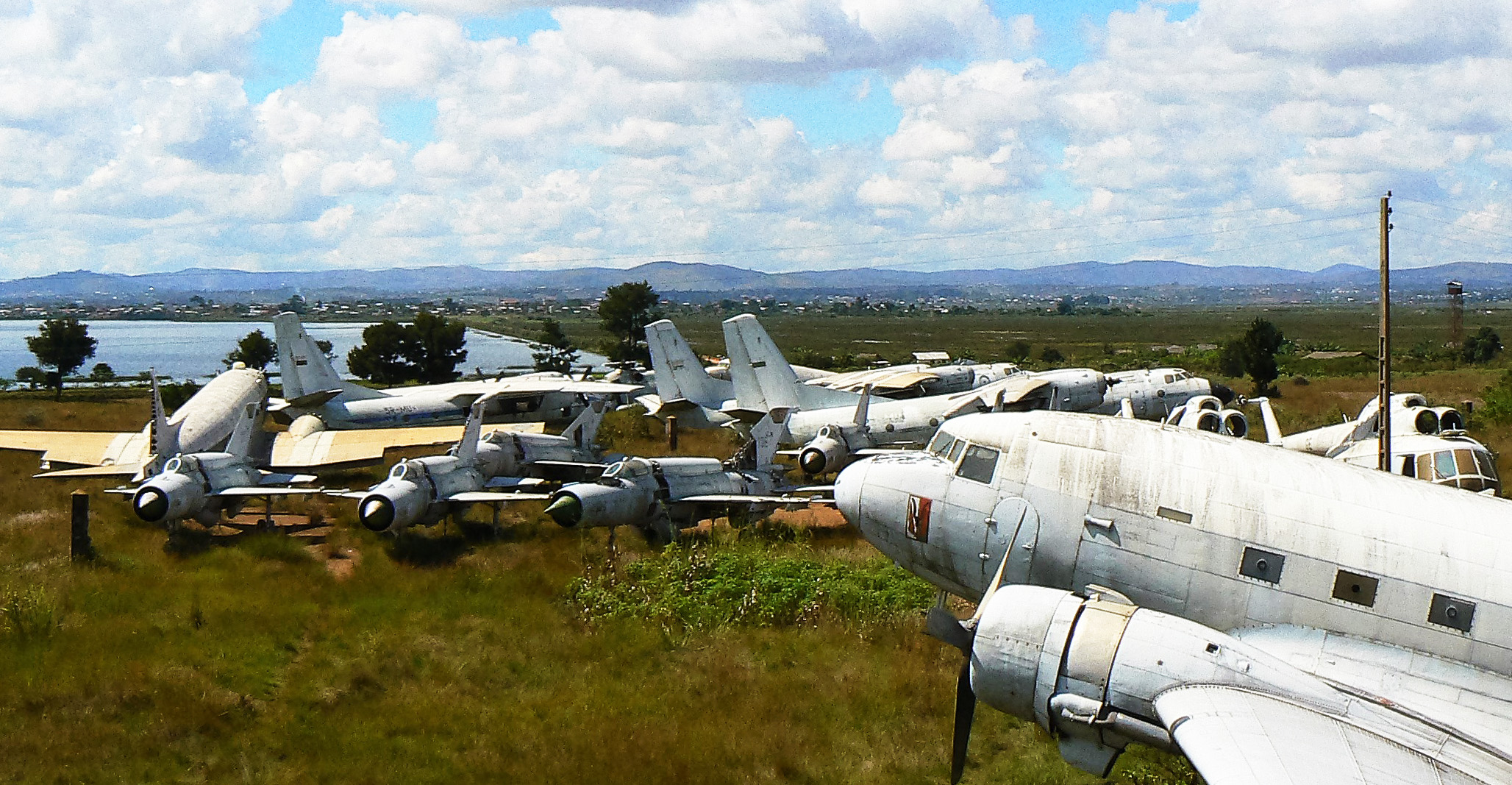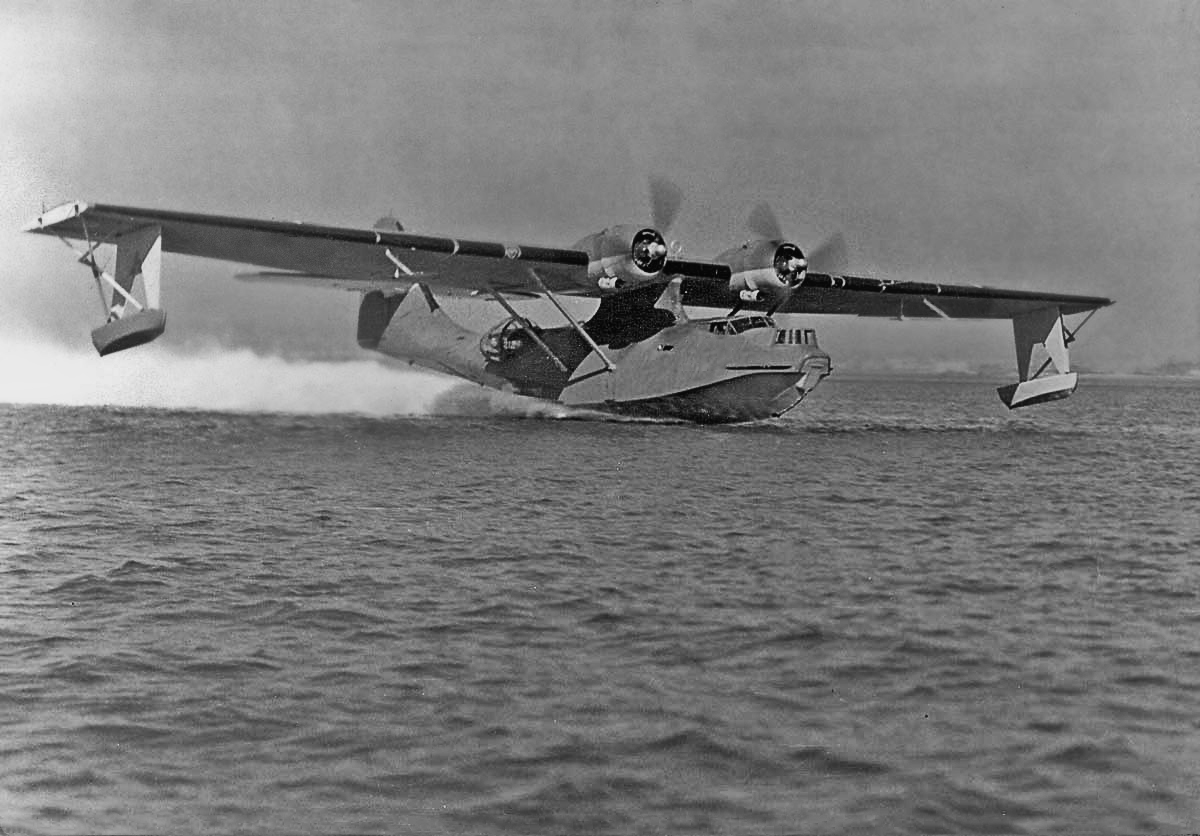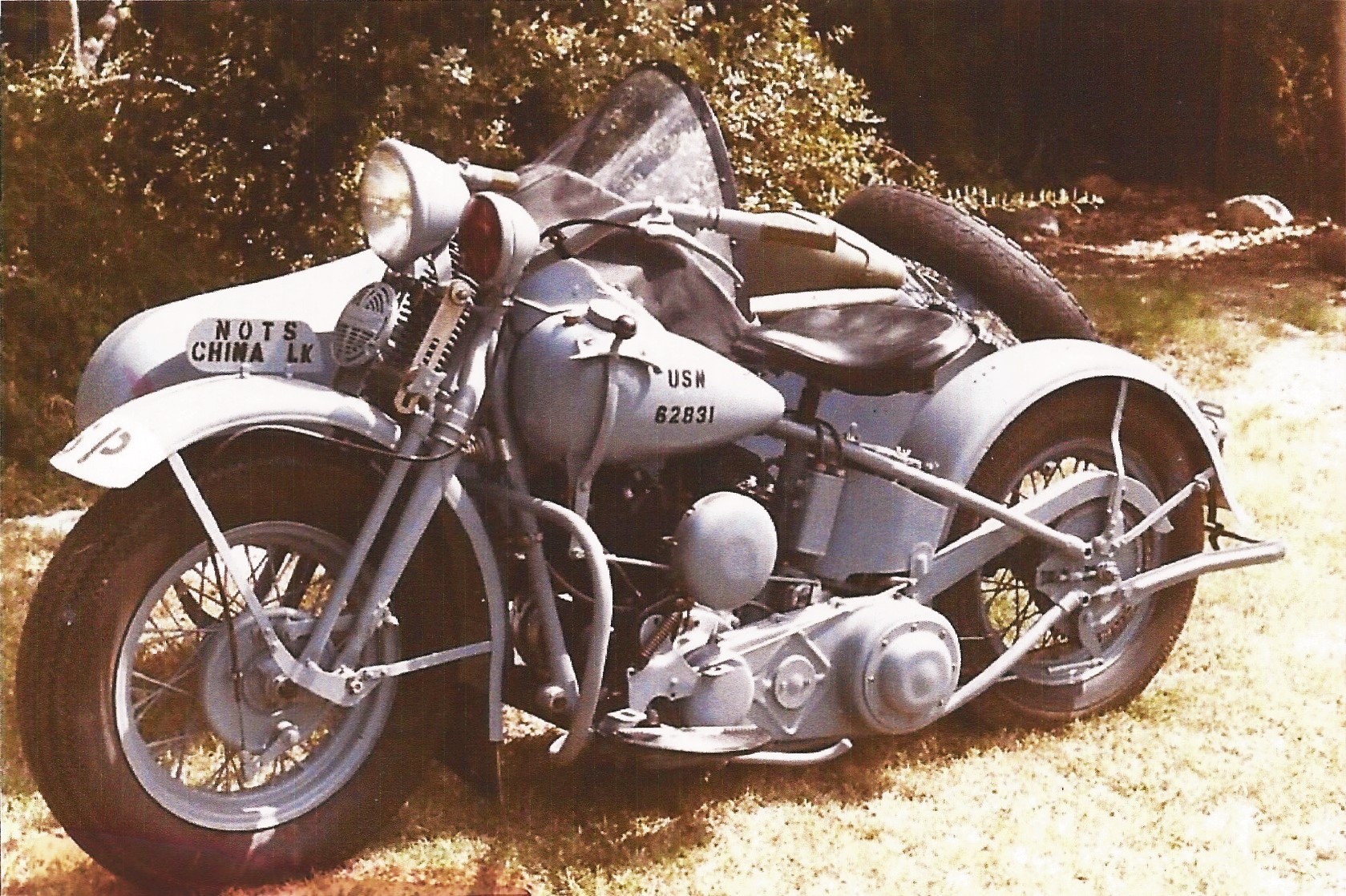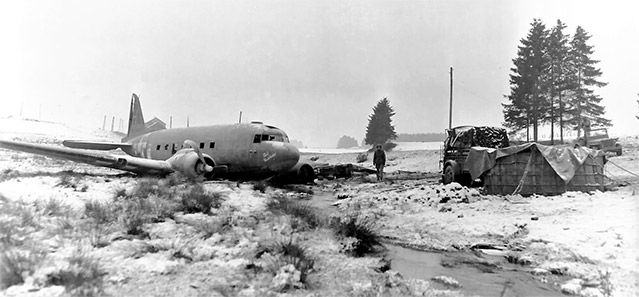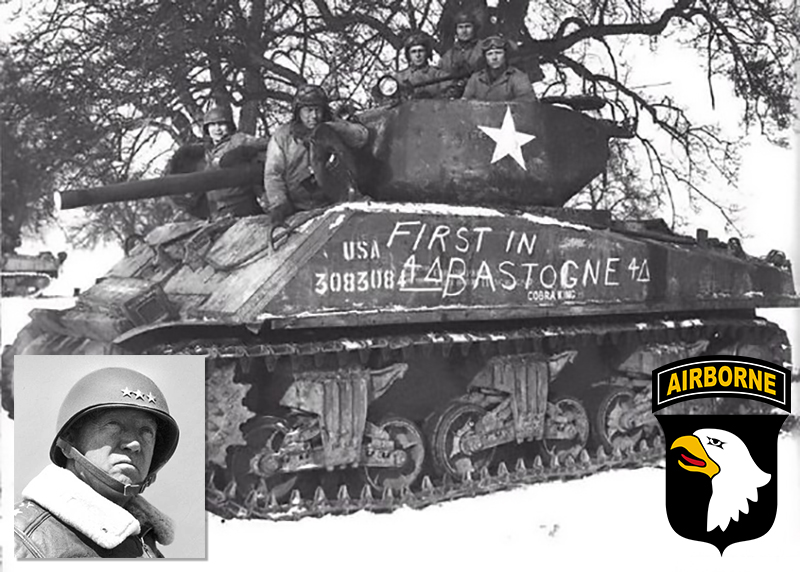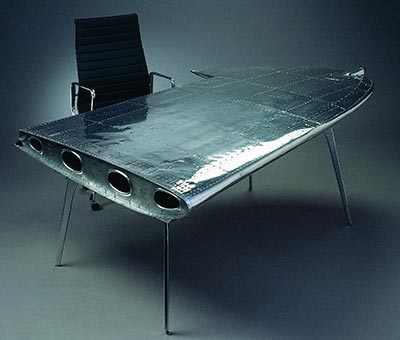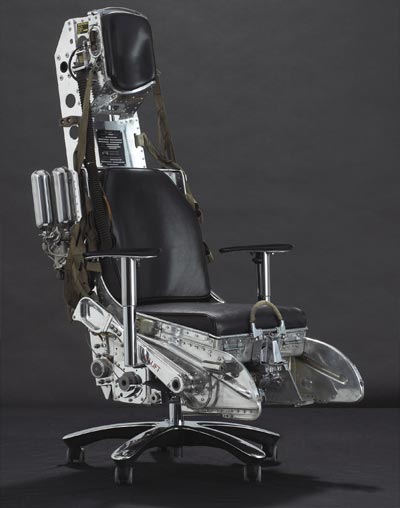Will the new “Preferred Turbine-3” carry the Douglas “Dakota” legacy to its 100th anniversary?
Winter in America is cold and out there in that winter wonderland, on 30 January 2018, I rode out to a small town named Kidron, somewhere in between Columbus and Cleveland in the state of Ohio. I was looking for a remote farm-road with a private airstrip. Hard to believe but this is the place where they are remanufacturing old DC-3/ C-47 airframes into new DC-3 Turbo-Props, in series production! I counted 12 DC-3/ C-47 airframes on the Preferred premises, in an odd mix of original airframes and extended fuselages that had already Turbo Prop engines mounted before they came in here
Photo above: “Preferred Airparts, LLC” is the name of the company and their President Brian Stoltzfus (at left) was so kind to show me around in their hangars. private airstrip and projects on that cold winter day with snow-covered fields all around us.
More than 25 years ago, I visited the other existing DC-3 Turbo Conversion company, Basler’s in Oshkosh for purchasing their surplus Dakota parts. Ever since, I have been around in the world of the DC-3 and have met that legendary aircraft in all shapes between total decay, dereliction, and full serviceability. I have seen factories or hangars where they renovate or rather remanufacture the Gooney Bird, in Oregon (with Paul Bazely’s AeroMetal), in Virginia (with Robert Randazzo), but also in El Alto, La Paz, Bolivia and in Villavicencio, Colombia where they did total overhauls of engines and complete reskinning jobs. Visiting all those places, I loved every one of them. And again, the Preferred Airparts hangars with the ongoing works on engines and reskinning of wings and airframes, that was an awesome experience for me. With all that vintage flying metal in the background, I’ll never have a dull day.

Photo above: Beautifully decorated DC-3 of Alaskan Bush Air Cargo. Ready for a conversion, this 75-year old transport awaits its turn to extending its commercial operations with yet another 25 years lease of life. That is what virtually happens out there now in Kidron. I witnessed the total remaking of the oldest commercially operated transport in the World, preparing her to fly and work until the year 2044 and beyond. Mishaps excluded, but if she makes it until or beyond that year, this icon of WWII origin will come to a respectable 100 years of age while still earning revenues for the owner!
A century-old transport still at work? Not like an oddball steam locomotive or an exotic museum-supported Airshow Star. But as a vintage aircraft, surviving in numbers over a century, FAA-certified for commercial use, is that viable? Let it be very clear, there is no boat, train, car, truck or plane in the world that can come close to this achievement, so if ever it is going to happen, the venerable C-47/ DC-3 will be most likely the first one in history to do so. This aircraft has a reputed ruggedness and a longevity like no other machine in the world that made people moving faster and farther.

Photo above: For preparing a flying time-machine to keep her airworthy beyond the year 2044, it takes some serious effort to make this happen. You cannot expect that the original radial engines, avionics, and electrical/ hydraulic systems can survive in an ongoing ‘war of attrition’, as they become simply less reliable and more expensive to keep them operational when compared with the more advanced/ state-of-the-art aviation/ aero engine technology. We all would love to see the original DC-3 with its P & W R-1830 radials surviving for a long time, but frankly, it will become less probable, with another quarter of a century to go, sustaining a commercial operation with this aircraft.
For clarifying the rationale behind this, let it be said that the business-based operation of a DC-3 is a world apart from that of the C-47 in airshow operations.
While the authentic DC-3 with its radial engines always will prevail as being the absolute WWII ‘Icon of Victory’ in Museums and on airshows/ meetings, the competitive world of aerial transport knows quite different laws in which arguments like ” I like the original Dakota/DC-3 better” are not adding much to its commercial value.
But yes, the argument surely adds sentimental value that counts big time for the aficionados, (myself included) visiting those airshows and museums. But those privately/ museum owned DC-3s, they make far fewer flight hours, with less payload, and speed is no issue so those planes are definitely not in the same demanding Commercial League where speed, payload, and operational costs are major factors to win an air transport contract.
Brian and his brother Mark and nephews Colby and Austin are having a strong confidence in the development of this market of reconditioned/upgraded vintage aircraft as their Preferred Turbine-3 for commercial operations in the more remote terrains where primitive conditions prevail. In such conditions, the ‘Old School’ design features of the DC-3 as its big balloon tires and the taildragger configuration plus its low approach speed come to great avail. The non-asphalted airstrips, muddy jungle roads, and the harsh tundra tracks of the Arctic, they are mostly found in places where often graders are not available for the leveling of the ground, creating a serious threat for the modern aircraft with their high landing speeds and small wheels. But the Dc-3’s Big Wheels keep on turning, in mud, sand, on beaches, riverbanks, and knobbly trails, where smaller wheels get stuck!
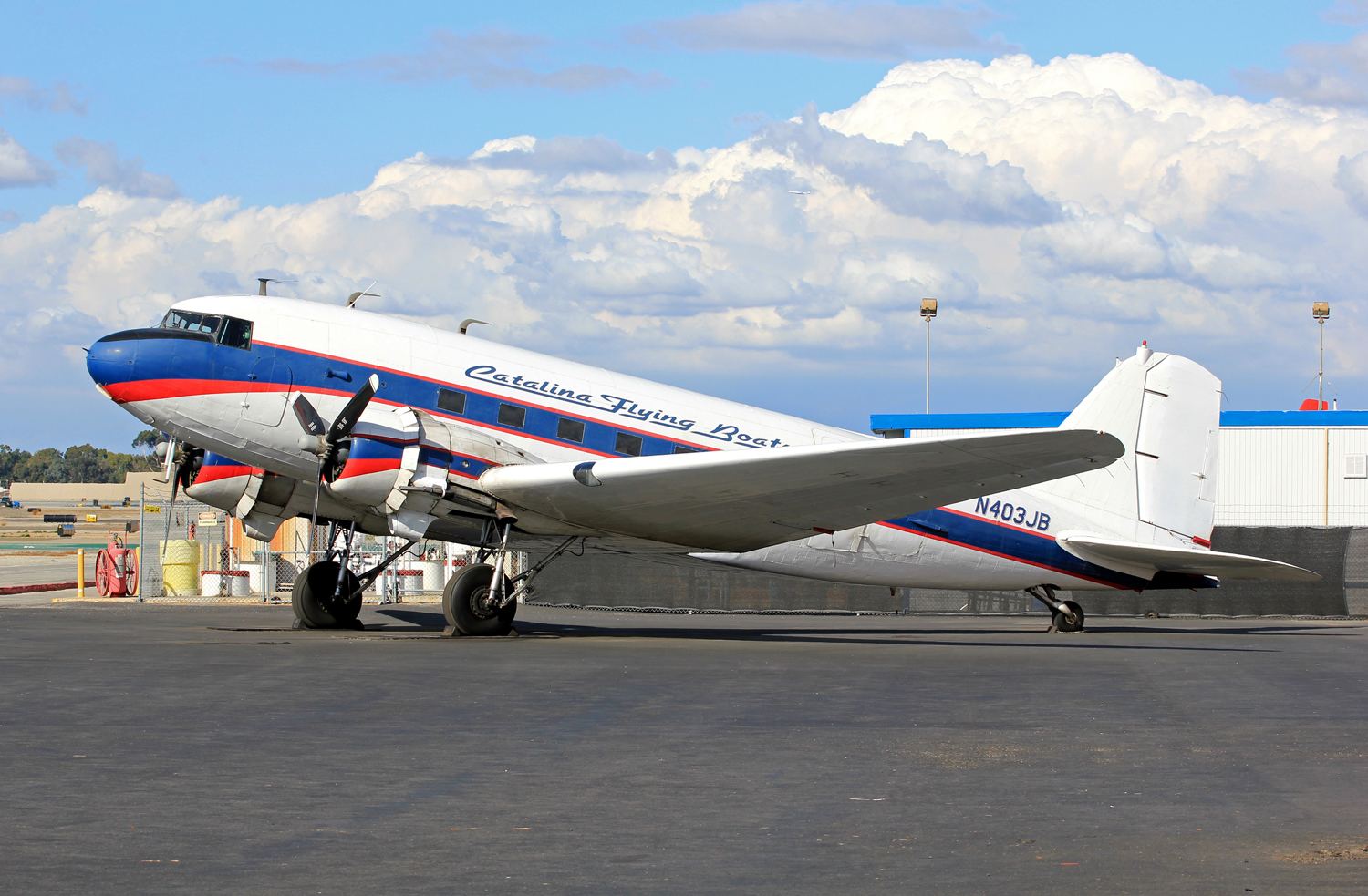
Photo above: Preferred has collected old DC-3/C-47 airframes from all over the mainland USA and Alaska that came in flying or by ship/ road transport, also from South Africa (The old “Dodson” Stock, and SAAF airframes from Wonderboom Airfield, Pretoria). There is an ex-KLM DC-3 N3BA and there are also two ex-Catalina Flying Boats Air Freight Service DC-3 airframes from San Diego, CA. The last one N403JB was flown in June 2017, still standing on the platform (see photo courtesy Michael Prophet) with original engines, waiting for a conversion but forever ending the commercial flights with the old DC-3s in the US Mainland Westcoast. They were replaced by the Cessna 208B Caravan (the Super Cargo Master), a high-wing monoplane, with max 13 passengers or 1,5-2 tons of payload, cruising at 200 knots.
Photo above: Latest information from Brian is that he also did acquire the five C-47s in Zimbabwe from their Air Force and bought all of their spare parts and engines. The airframes were transferred by road to Wonderboom Airport in July/August 2017 and are now in Johannesburg waiting for their next step. Some years ago, I saw them coming for sale in an auction, I was interested in parts but the auction never took place. At least, it seems that they are now saved from the scrapper! However, with five DC-3s that came for sale in Madagascar, it all went completely awry. For a long time, I negotiated with the Military out there. All in vain, one day I got a telephone call that all Dakotas were being scrapped and sold as aluminum ingots for the local production of domestic devices as pots and pans! (For more details and photos of that horrible mishap in Madagascar, see my book The Dakota Hunter, chapter 7, ‘Dancing with Colonels’).
Here follow the ZIM DAK C/ N numbers, all info via Brian and Michael Prophet, my good friend and DC-3 Photographer/ informer:
Air Force of Zimbabwe 5 x C-47s: reg nr. 3700-C/N 13164, reg nr 7036-C/N 14494/25939, reg. nr 7053- C/N 16011/32759, reg nr 7301- C/N 16335/33083, reg nr. 7303-C/N 13867/25312.
=============================================================================================================
** Max. Payload goes from 3,5 to 5 tons (45 % increase). That is made possible with the addition of more cargo stowing space on a stretched cabin floor.
** Internal loading space makes a 35 % increase, mainly due to that stretching of the fuselage with some 40 inches, right behind the cockpit,
** Max Takeoff weight goes up from 25,200 to 29,000 lbs, with a new lightweight reinforced floor to carry all that extra weight.
** Engine Overhauls (TBO) are needed only after every 6,000 flight hours, compared to 1,200 flight hours for the radial P & W R-1830s. That makes a substantial gain in operational costs and less time lost in maintenance hours.
** Cruising speed makes a major step forward, to some 200 knots, more in the range of its competitor Cessna Caravan.
============================================================================================================
Read what Brian wrote to me: “The main difference in speed is due to the shape of the cowling. The new cowling greatly reduces drag, our cowling is lighter and easier to remove for service. The dual shaped exhaust stacks that we use also keep the exhaust soot off the airplane. Very little soot collects on the airplane. The radial engines weighed about 1,700 lbs each. The new Turbo engine Pratt & Whitney Canada PT6s weight is about 650 lbs each. We also eliminate the oil tank from the radial engines that carried 29 gallons of oil and replaced it by additional 116-gallon fuel tanks in front of the original firewalls. It brings the total fuel capacity at 1032 gallons. The new 5-blade propellers are also much lighter than the old Hamilton Standard props and are fully reversible, allowing for a better performance during takeoffs and landings on shorter tracks”.
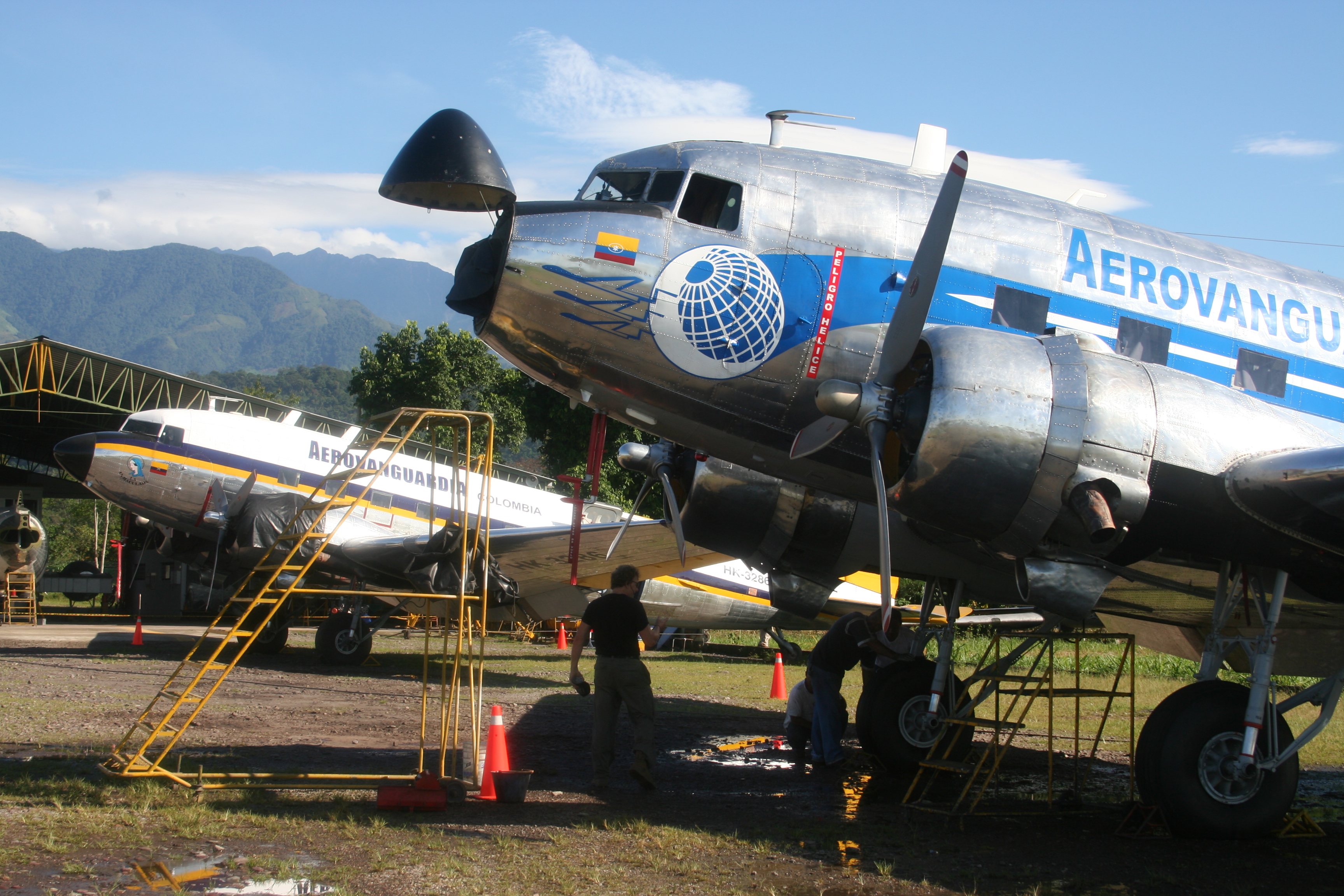
Photo
above was taken during one of my visits to the Capital of DC-3, Villavicencio in Colombia, the gate to the Amazon with a fleet of 10-12 Dakotas, divided over 5 companies. This was, is and will remain for long the realm of the old radial prop DC-3. Rather primitive conditions in the Jungle outback posts, cheap labor costs, a good infrastructure for the vintage Dakota, with skilled skinners, lots of mechanics and a reputed workshop for radial engine overhauls. The first DC-3 TurboProp has also made its entry here now with Aliansa.
Finally, the gain in speed and payload brings the Turbo-modified C-47 like the Preferred Turbine-3, back in the sphere of a commercially purposeful proposition, in a time where the good old DC-3/ C-47 with radial engines is losing ground in its proficiency to generate revenues.
According to Michael Prophet, US DC-3 freighter operations survived in only two US states: their number is down to only 10 operational piston cargo DC-3s in the US (and 4 in Canada). In Florida (Atlantic Air Cargo & Florida Air Cargo) and in Alaska (TransNorthern Air, Deserts Air, Bush Air)
Michael believes the piston cargo DC-3 is fast becoming an endangered species: TMF Aircraft Inc (Florida) went out of business 2 years ago and
‘Catalina Flying Boats Inc’ sold their last cargo DC-3 to Preferred Air Parts.
If you like my stories about war history and vintage aircraft, may I recommend you my book The DakotaHunter?
It is a 320-pages book, jampacked with 240 unique photos and stunning stories, experienced during the past 25 years in over 20 expeditions that I made in search of the legendary DC-3 on the last frontiers. I encountered harrowing and sometimes hilarious situations with the military, war/drug lords and other heroes and villains that tried to sell me abandoned or crashed Dakotas which were never their property but in the jungle, such titles are futilities.
Come to my Amazon order page, scroll down to the end and read the 20+ reviews of my book. You will be stunned to see this, comments like ‘Best book that I have ever read” and that is no BS. Scroll back on that page and make your order, the best book you can buy for your Dad, your Friend or yourself. Click here for my book
Amazon Order page The Dakota Hunter
============================================================================================================
Soon out (End of March 2018), my newest book ’80 Years, a tribute to the PBY Catalina‘. With almost 300 pages and 400+ photos, this luxury Lounge Table photo album covers the full 80-years career of the best Flying Boat ever made. With many photos never published before, full-page large-format spreads of the Catalina/ Canso during the war and in its post-war role as a transport and fire-fighter, the book will be an instant Collector’s Item for all vintage Aviation Buffs. But also for those who like “romancing the era of the flying boats” that brought travelers to idyllic faraway Islands in the Pacific, the Caribbean, Canada, and Alaska.
Here is a very special offer for my Early Bird customers.
Now, you’ll have the opportunity to order your copy of the First Edition of my book. Only during this ‘pre-print order’ campaign, running until March 2018, the book will be available at a special introductory price. The book will be printed in the USA and will be shipped by end of March 2018.
More details of my offer. The Early Bird customers who order the book NOW via this link below will receive a 20% discount. You’ll pay only US $ 39,95 (regular retail price is US$ 49.95). Plus as a special bonus, a FREE First Day Cover Page that comes as an inlay with the book, autographed by the author. This page (depicted below) is a loose insert, so can be used for framing. (photo Bill Bailey)
If interested, please proceed with your ordering NOW by clicking this link to the Seattle Book Company: Order the book 80 Years, PBY Catalina
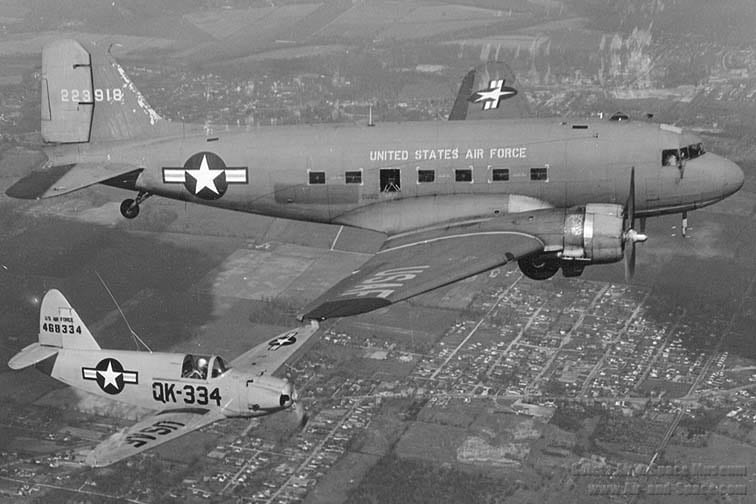

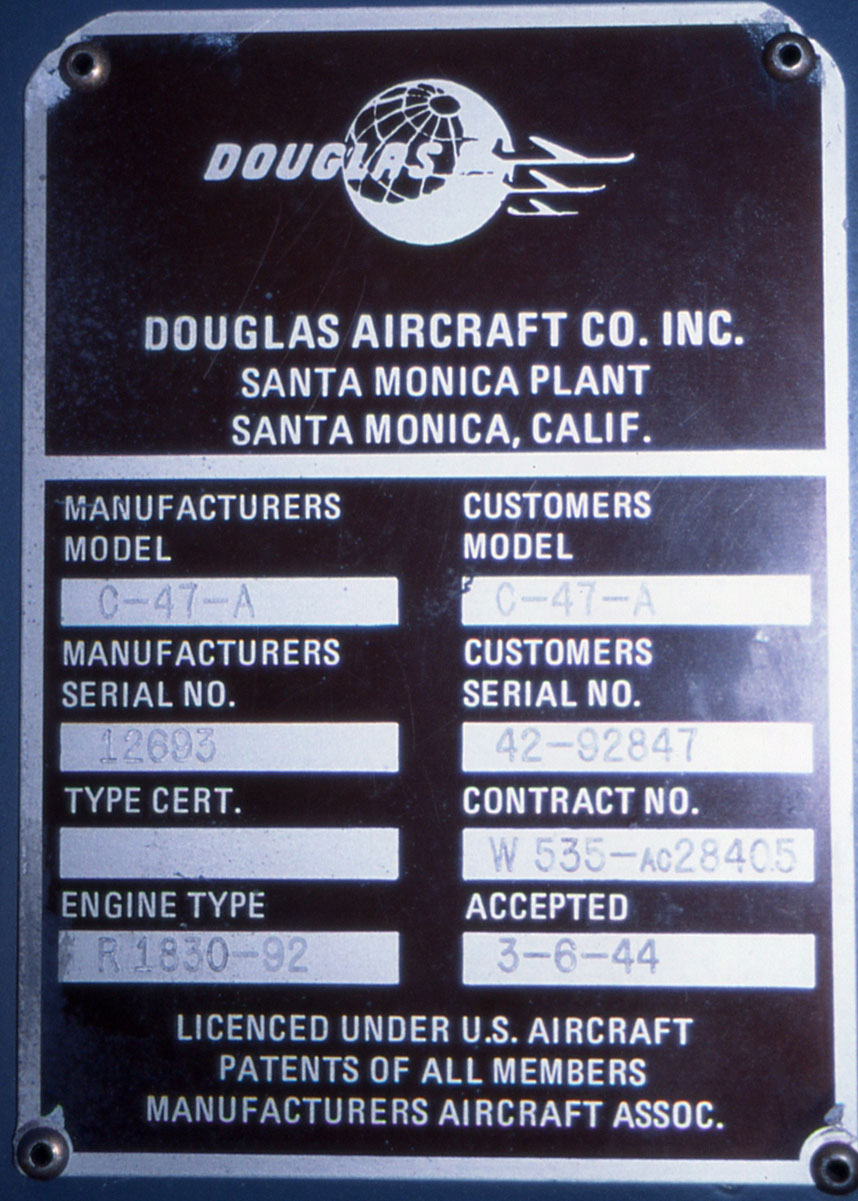
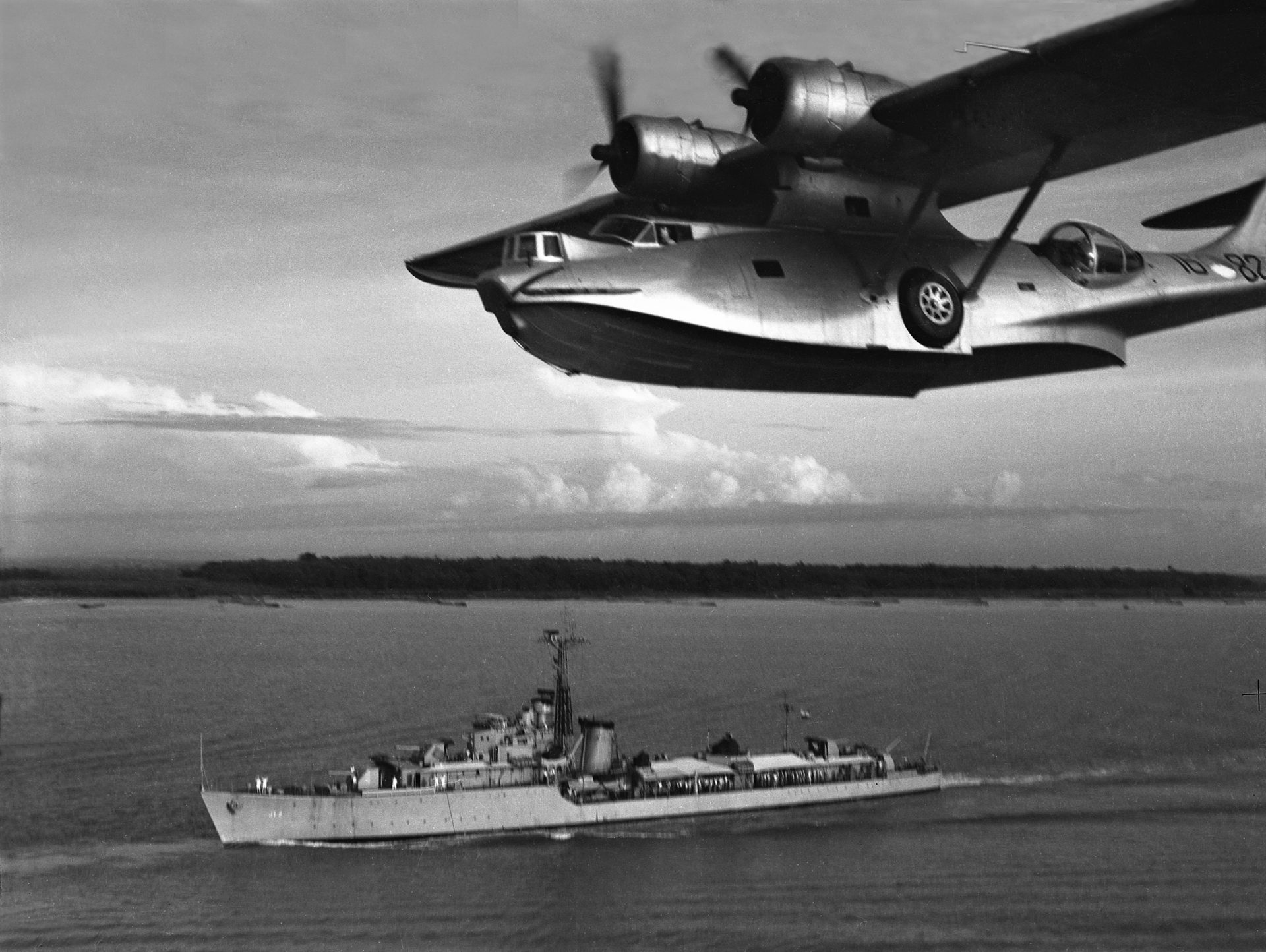
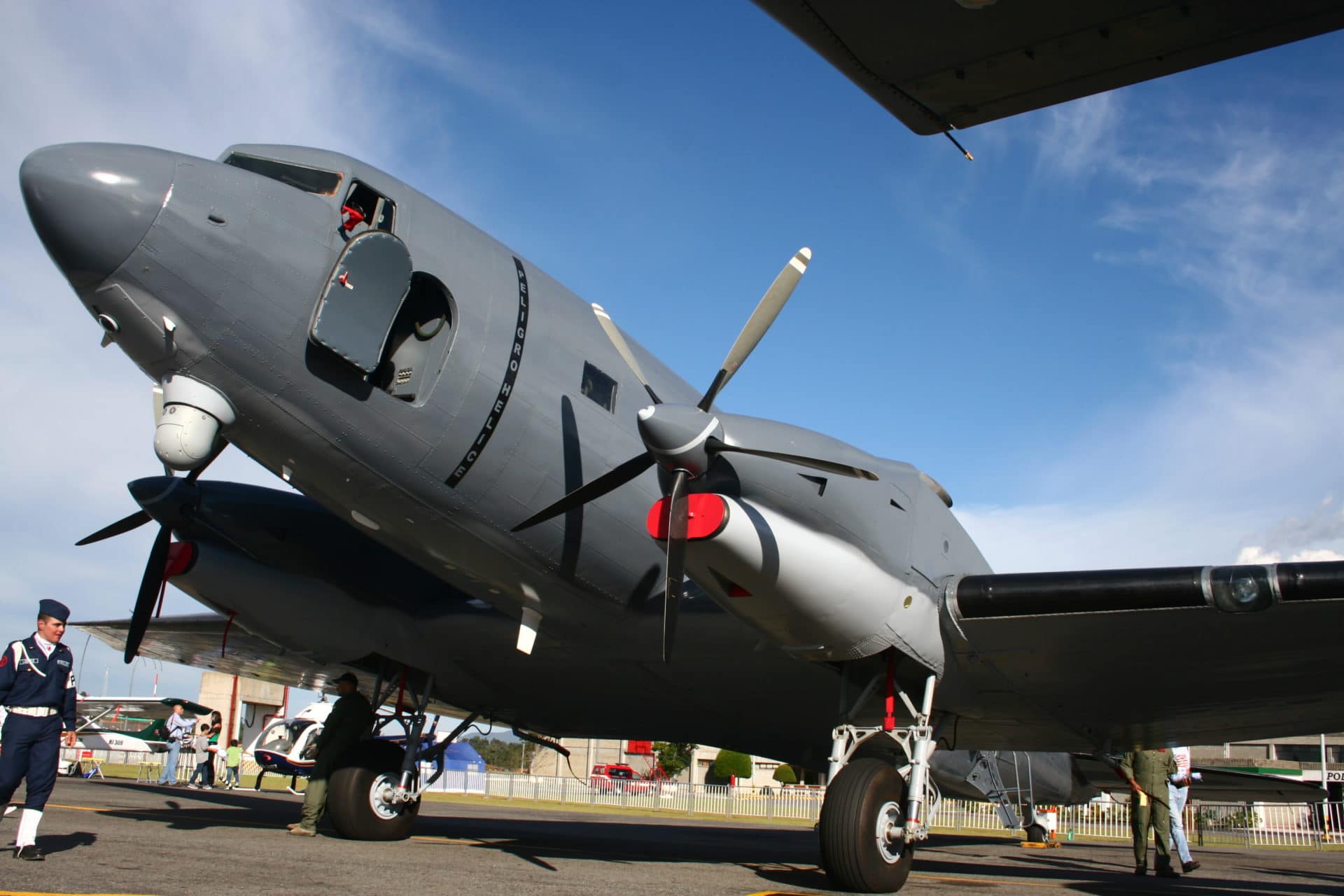
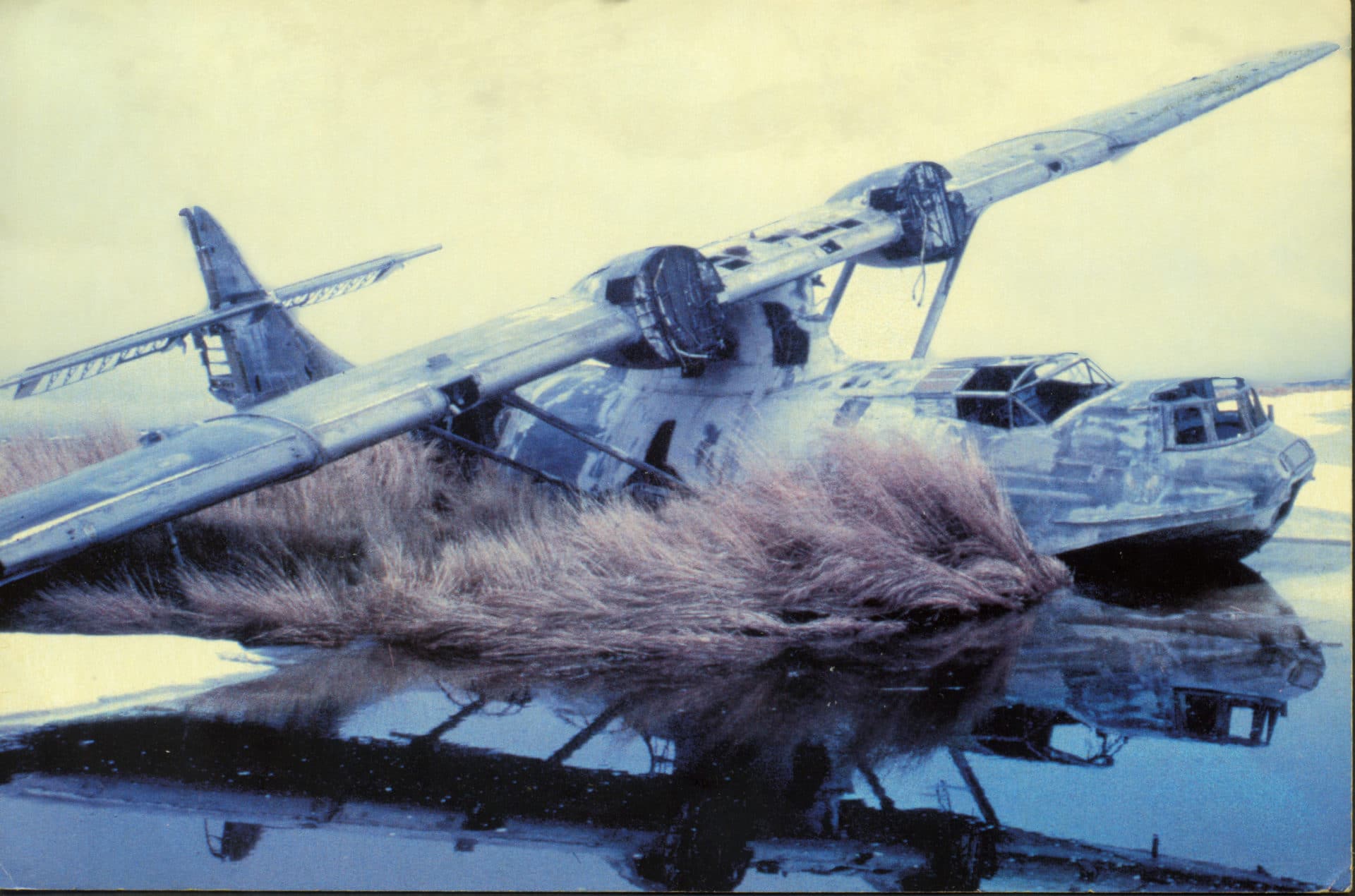
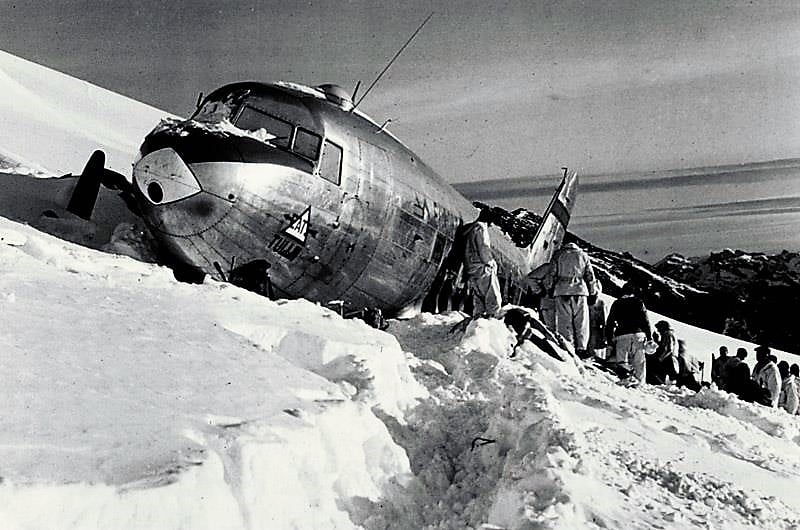

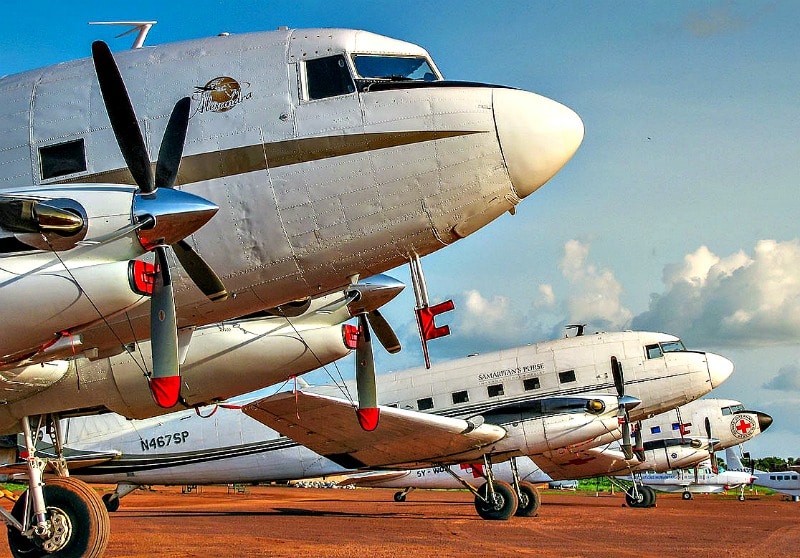




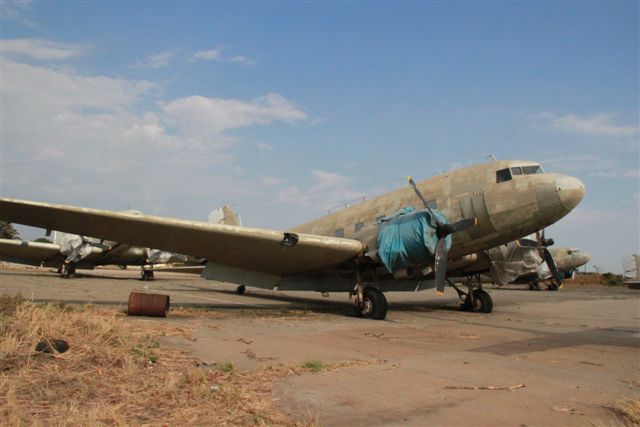
 Photo above was taken during one of my visits to the Capital of DC-3, Villavicencio in Colombia, the gate to the Amazon with a fleet of 10-12 Dakotas, divided over 5 companies. This was, is and will remain for long the realm of the old radial prop DC-3. Rather primitive conditions in the Jungle outback posts, cheap labor costs, a good infrastructure for the vintage Dakota, with skilled skinners, lots of mechanics and a reputed workshop for radial engine overhauls. The first DC-3 TurboProp has also made its entry here now with Aliansa.
Photo above was taken during one of my visits to the Capital of DC-3, Villavicencio in Colombia, the gate to the Amazon with a fleet of 10-12 Dakotas, divided over 5 companies. This was, is and will remain for long the realm of the old radial prop DC-3. Rather primitive conditions in the Jungle outback posts, cheap labor costs, a good infrastructure for the vintage Dakota, with skilled skinners, lots of mechanics and a reputed workshop for radial engine overhauls. The first DC-3 TurboProp has also made its entry here now with Aliansa.